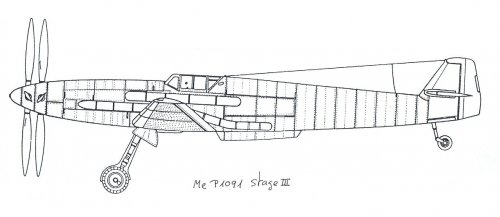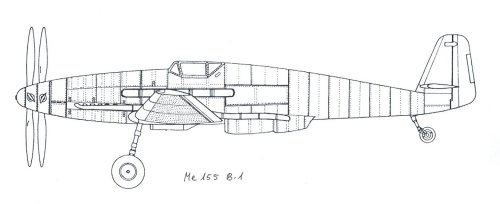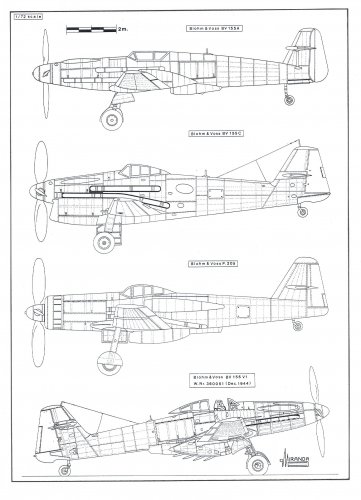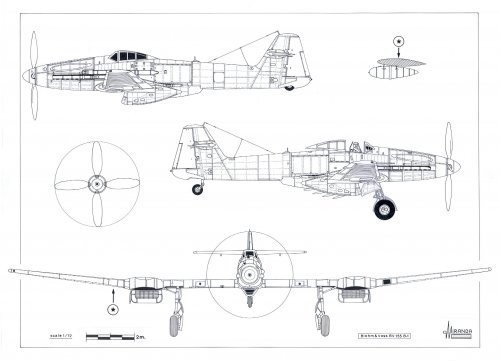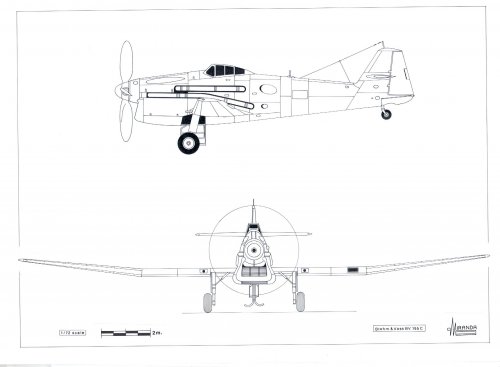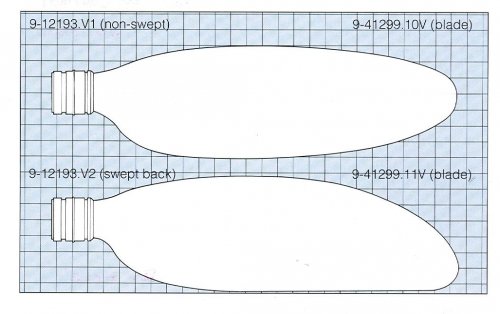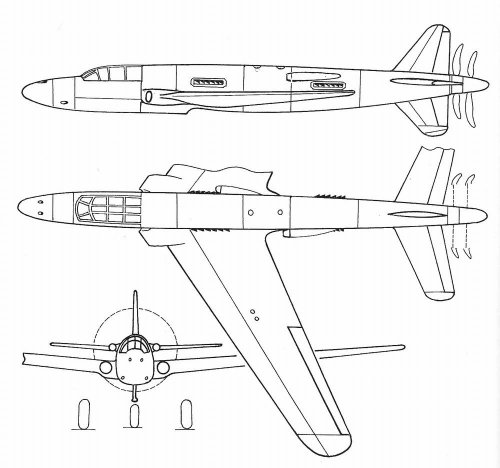Edwest wrote:
A good book about the development of propellers.
I would say a "not so good book about the development of propellers". It shows a remarkable chauvinistic approach to this technology, centering it`s development in the US and neglecting european achievements. Per example, the Soviet Union`s work in this technology is completelly absent from this book.
German achievements are all about VDM which, while being a quite original and prolific technical enterprise (the book fails to show most of their novelties), wasn`t the only company doing research and production. Mr. Kinney suffers, I believe, from a sindrome affecting many english language authors that restrict their sources to british and US secundary documents (mainly post-war reports, always incomplete and very often biased) not using primary german ones. Lack of german language skills impairs their research heavily.
Where`s Junkers` developments in this book? This company went much farther then just buying in 1935 a Hamilton license (a two position variable-pitch propeller) with, just in 1943, the Vs 10, VS 11B, VS 13, VS 15, VS 21, VS 23, VS 27, respectivelly with 3,3, 5, 2x3, 2x4, 2x4 and 2x4 propeller blades, mostly made out of wood. What about the most actual scimitar-blades developed by A.W. Quick within the DVL (flown in a Me 109 between 1944/45, propellers made by the Heine-Propellerwerke), or even the AVA developments?
Argus and Junkers endeavours in propeller technique are mentioned in a bottom page note. The same goes to Messerschmitt, stated in a reference but not incorporated in the text (Messerschmitt had a most simple and effective propeller system, flown, e.g.,on the Me 109E).
As a proof of his pro-US bias, not even their allies go unharmed. The british unwillingness to shift from "woodenblader" aircraft to modern constant-speed propelled ones are well depicted, stating that only after that reverse the Spitfire became a fighter. It was with no surprise that their technical backwardness went even to trying to license-building VDM airscrews. German contribution to british propellers are mentioned too, in the fact that the Airscrew Company, as well as Jablo, relied on Schwarz and Heine compressed wood propeller blading. In this book, the brits were, on propellers, clearly the technological underdog, and in this I agree.
The author also explains that the US relied on mainstream technology to win the war, i.e. since we (US) do not master jet propulsion, a domain of the germans and british, let us "inflate" our propellers and propeller driven aircraft.
I`m Still waiting for a good book about the development of propellers! Soviet developments would be most welcome.

